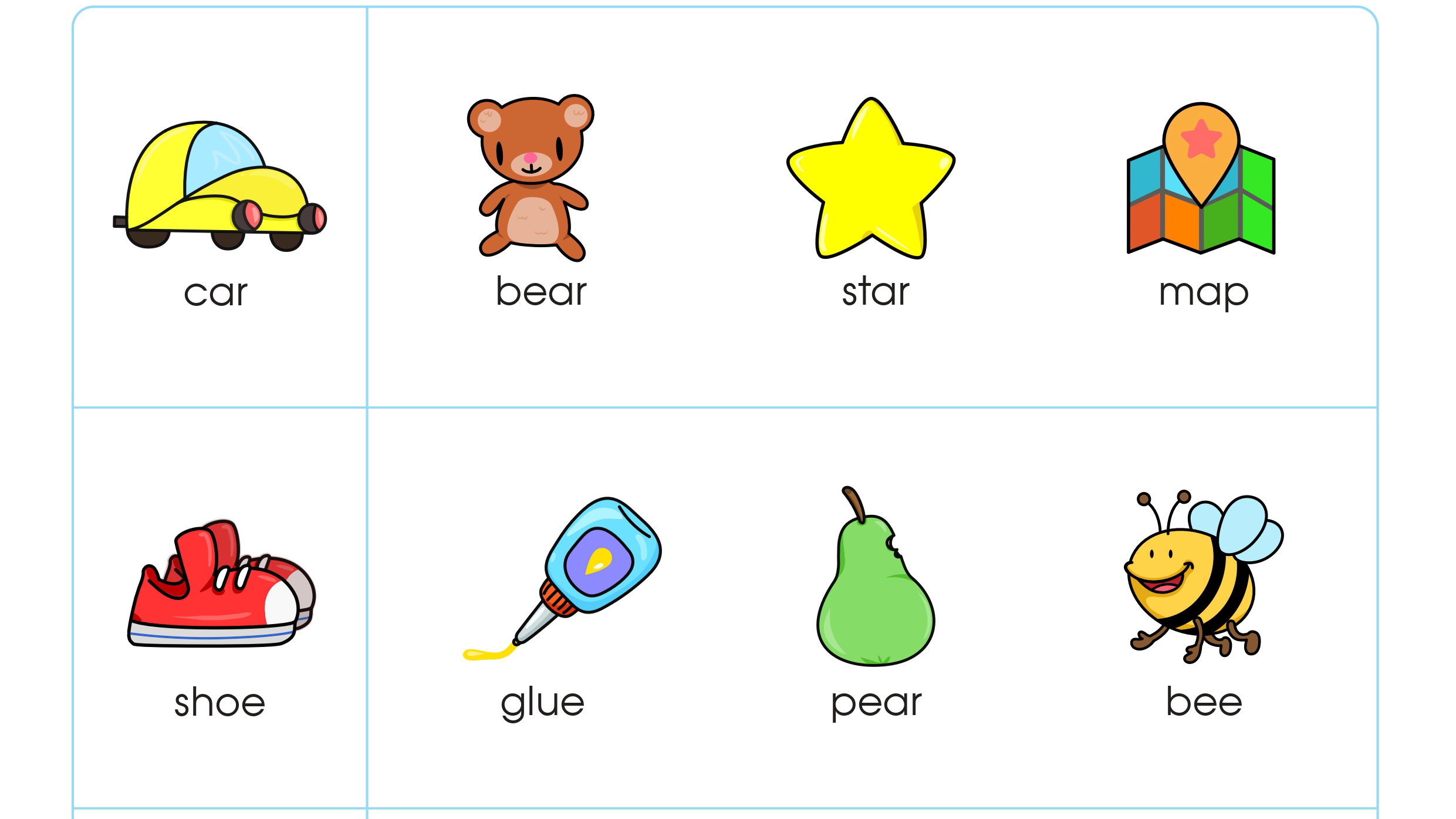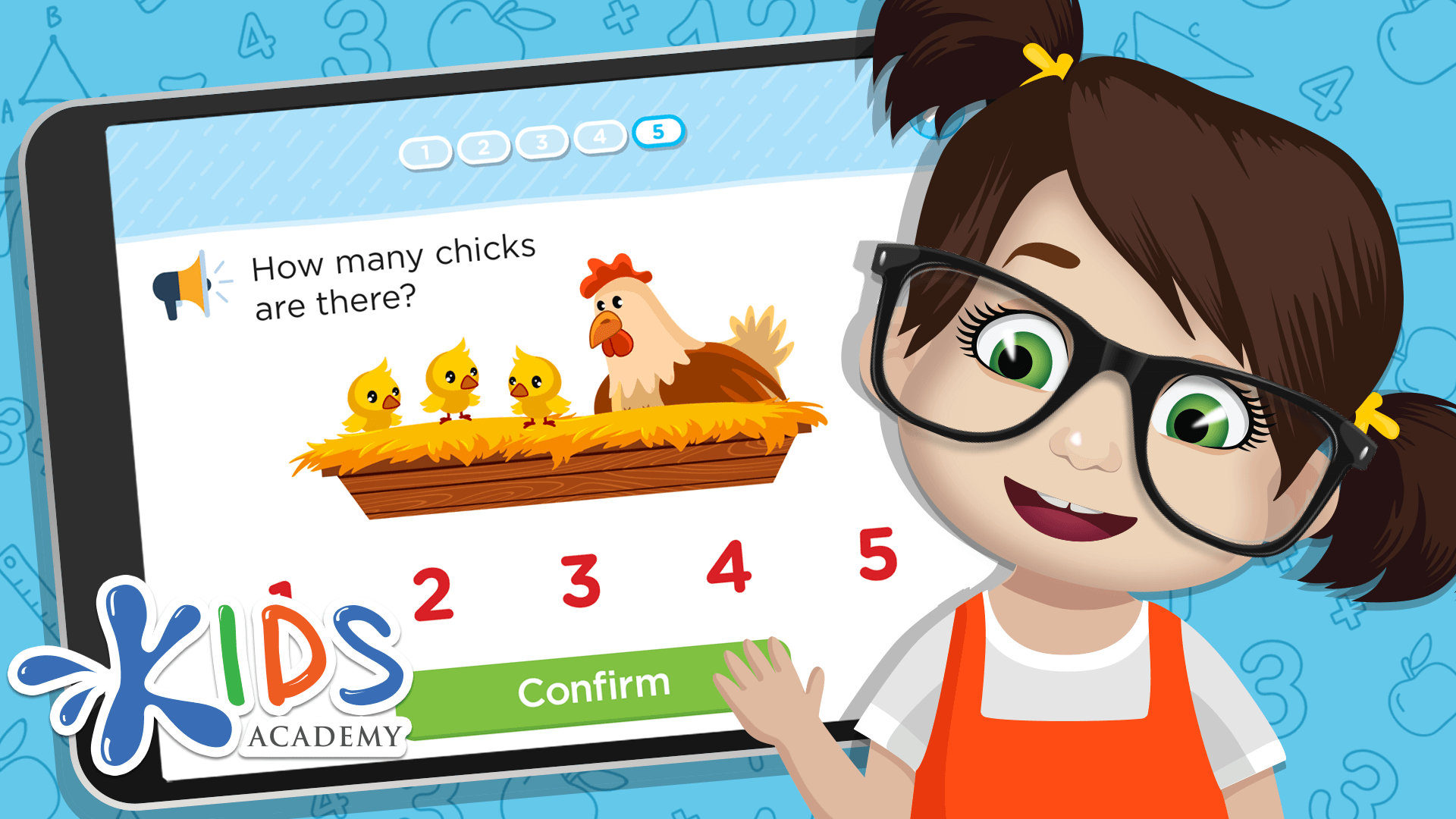Helping Your Child Manage their Emotions
Feb. 17, 2022
Most of us have watched the movie Inside Out, which is a great show that identifies 5 out of the 8 primary emotions: joy, sadness, disgust, anger, and fear. These primary, or basic, emotions are built-in and can be further learned through social and cultural contexts. Some of them may grow stronger and become more apparent than others. There are also secondary emotions, which are defined either as emotional reactions to primary emotions or as more complex combinations of our basic emotions. For instance, when a child gets yelled at, they might feel scared, and that fear can further lead to anger or anxiety. Controlling one’s emotions can be quite difficult, and the ability to do this depends on the person’s age and development.
Why is managing emotions important?
Emotion management is essential for children’s development and wellbeing. Those who are able to manage their emotions can express themselves calmly, control impulses and strong emotions, and behave appropriately. This skill also helps kids build social relationships and become more independent.
Teach your child about emotions according to their age
Children under 3 years old
We are born with emotions helping us understand and communicate what we want or need. Little children express them in an especially strong manner since their language is not yet fully developed. Guardians should help their children understand their emotions through “emotional language”:
- Label emotions and teach your child to connect facial expressions with specific emotions. You can say things like “You are frowning. Are you sad?” or “Grandma is laughing. I bet she’s feeling happy!”
- Explore emotions through games – like puppets or role-play. Watching cartoons or listening to fairy tales is also an effective way to teach emotions. Be sure to explain how a character expresses their emotions in the simplest terms.
- Talk more about “big” emotions – frustration, embarrassment, and anger, since they can be especially overwhelming for a child.
- Encourage your child to talk about their emotions and to share what makes them upset and what makes them happy.
- Give a child cause-and-effect examples to explain what can make people sad and happy.

Children 3–8 years old
By this age, children, as a rule, already develop the ability to recognize and name emotions by observing them in social situations. This is the best time to teach your child how to understand and manage different emotions.
- Use videos or stories – talk about character’s facial expressions and tone of voice and discuss with your child what emotions this may indicate. “Cinderella is crying, do you think she’s sad?” In the Talented and Gifted app, there is plenty of animated fairy-tales whose characters you may discuss with your kid.
- Model appropriate behavior – children learn through observation, therefore adults need to be careful about the ways they express their emotions. At times, we cannot help but explode, and that is okay. However, if something like that happens, it’s worth having a conversation about it. Study suggests that children exposed to interadult anger, are likely to struggle with their own emotions. Tell your child about the time when you got mad and yelled, or the time when you were very happy; explain how you recognize your emotions and teach them to recognize theirs.
- Read books about emotions together with your child – we suggest reading Ruby Finds a Worry by Tom Percival, or The Colour Monster by Anna Llenas.
- Help your child explore how their body feels when they are experiencing certain emotions. Anger = feeling tense and hot, nervous = butterflies in tummy, etc.
- Explore emotions – give your kid an opportunity to explore their emotions through arts, play, writing, music, or dancing. This will help them understand that there are ways they can show or express how they feel.
- Role-playing – act out different emotions and let your child guess, and then let your child do different emotions as well. This is a fun way for your child to learn emotions and it forms strong bond too!
Teach coping strategies for emotion regulation
Helpful skills to teach your child when they are dealing with big emotions:
- Counting – teach your child to count as a distraction when they feel overwhelmed or upset. They can count in their head, or they can count what they see in the room. For example, when they feel angry, let them practice counting their fingers until they feel calmer.
- Breathing exercise – teach your child how to breathe in slowly through their nose and out through their mouth. You can use the “smell the flower, and blow the candle” technique to help them understand it better. Let them know that they can do this whenever they feel overwhelming emotions.
- Calming down kit – fill a box with things that helps your child calm down. Some children love to play with pop-its, fidget toys, stickers, or coloring books. Having calm down kit may help them manage their emotions through engaging their senses.
- Take a break – if your child is overwhelmed, allow them to take a time-out; they can rest their head, drink water, or breathe. Encourage your child to take a break when he or she feels strong emotions coming up.
- Recognize mood boosters – make a list of your child’s mood boosters, write down things that make your child happy, like reading a book, dancing, playing, etc. Let them know that they can do these things whenever they feel sad or down.
- Problem-solving – talk about what to do and what not to do in certain situations. Things like “What if no one wants to play with you because they are busy? What do you think you should do?” Work with your child when addressing specific problems, and discuss with them different strategies and solutions.
Validate and understand your child’s emotions

A research concluded that children who feel safe are more likely to develop and use appropriate emotion regulation skills when dealing with difficult feelings. Let your child know that it is okay to express their emotions, and that you understand how they feel. If you see your child acting out, make sure to explain what they did wrong and what they can do about it. Always validate your child’s emotions, assume that there is a reason for them to feel one way or another. Say things like “I know you are sad that we cannot go to McDonald’s today, I also felt sad about it.” It is important for children to understand that these emotions are normal and that you sympathize with them. Assure them that these emotions are fleeting and will not last forever.
- Allow your child to feel bad. Explain that it is okay to feel bad. Help them understand this emotion and encourage them to use coping strategies. Ask them what happened before they started feeling bad, as this could help them interpret the triggers of the emotion.
- Talk about different coping strategies. Teach your child identify strategies that work for them and when they should be used. Ask them, “Does dancing helps you feel better?” If the answer is positive, you can dance together to cheer them up.
- Let your child have an alone time if they ask for it. Do not pressure them into explaining their emotions – give them time to process what they feel.
- Encourage your child. Reward your child with praise when you see them use coping strategies. When praising, make sure to mention the positive behavior is to reinforce their skills. For example, “Great job doing breathing exercise when you felt angry earlier.” Let them know that you notice and appreciate the good changes in their behavior.
- Let them talk about their feelings. Talk to your child about their day and the way they felt when certain things happened. Give them the opportunity to share what made them happy or upset. Ask questions like “You seem happy today, do you want to talk about it?” or “You haven’t been talking, is anything bothering you?” Be sure that your child feels safe talking about emotions at home.
Avoid reinforcing inappropriate behaviors
Emotions trigger certain behaviors, and your response to this behavior makes a significant difference. Guardians would sometimes encourage kids to have outbursts without them realizing. To help your child regulate their emotions, it is better to:
- Avoid giving your child what they want after an outburst or for calming them down. This will make them feel that crying or yelling will help them get something they want. So, do not give them rewards after their calming down.
- Avoid giving too much attention. While most parents would want to shower their child with attention, it is best not to overdo with it, especially if the child’s behavior is not appropriate.
- Avoid telling your child to stop crying. This might make them even more upset. Let them cry while making sure that you are in control of the situation, meaning your child is not crying because of being in pain and not hurting anyone including themselves.
- Avoid constantly calming your child. While it is important to help them feel better, it is still best to teach them the skills they need to handle their emotions and to calm down on their own. Teach coping strategies, and practice them at home.
Learning to manage one’s emotions is not easy, and it will take time. Do not pressure your child into learning this quickly. Kids usually have significant control of their emotions by the age of 8 or 9. However, if you feel like their emotions cause problems in their social relationships or if they cannot control their anger, then it may be a good time to seek professional help. It is our duty as guardians to guide children through their emotional life the best way we can.
About the author
Jorezza Antonio - Behavioral Therapist.
Metro Manila, National Capital Region, Philippines.
Links and references
- https://www.gottman.com/blog/age-age-guide-helping-kids-manage-emotions/
- https://www.jmu.edu/counselingctr/files/About%20Emotions.pdf
- https://www.verywellfamily.com/how-to-help-an-overly-emotional-child-4157594
- https://www.verywellfamily.com/coping-skills-for-kids-4586871
- Maughan A, Cicchetti D. Impact of child maltreatment and interadult violence on children's emotion regulation abilities and socioemotional adjustment. Child Dev. 2002 Sep-Oct;73(5):1525-42. doi: 10.1111/1467-8624.00488. PMID: 12361317.



.jpg)






